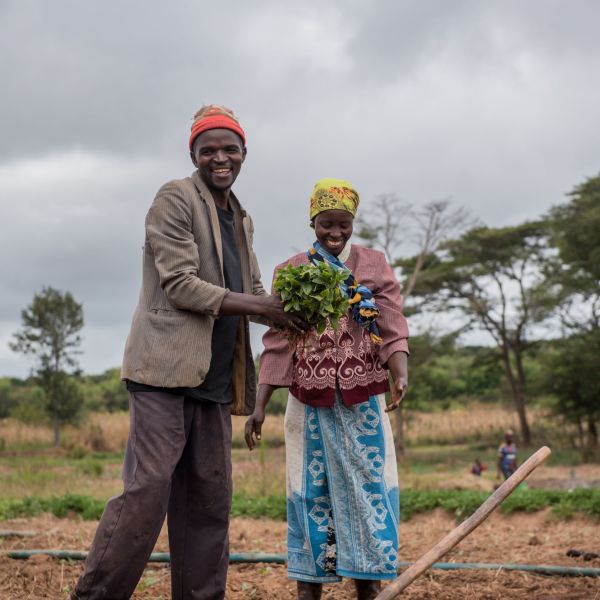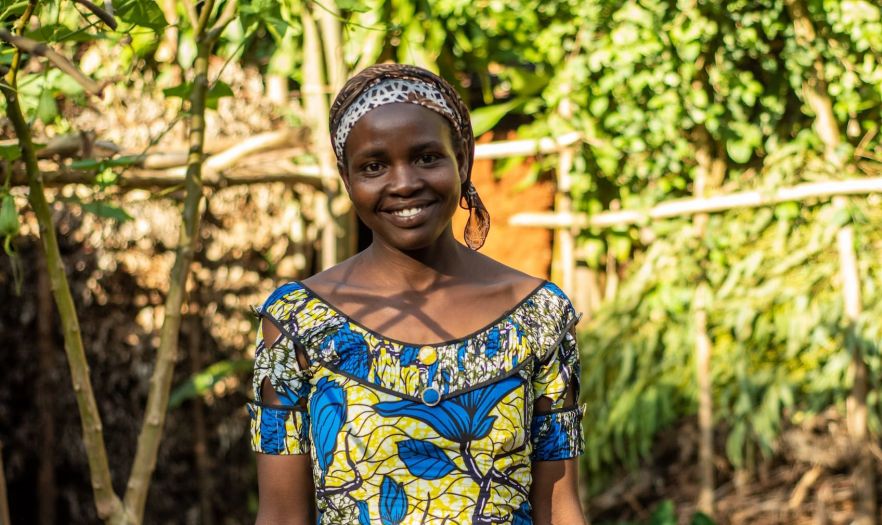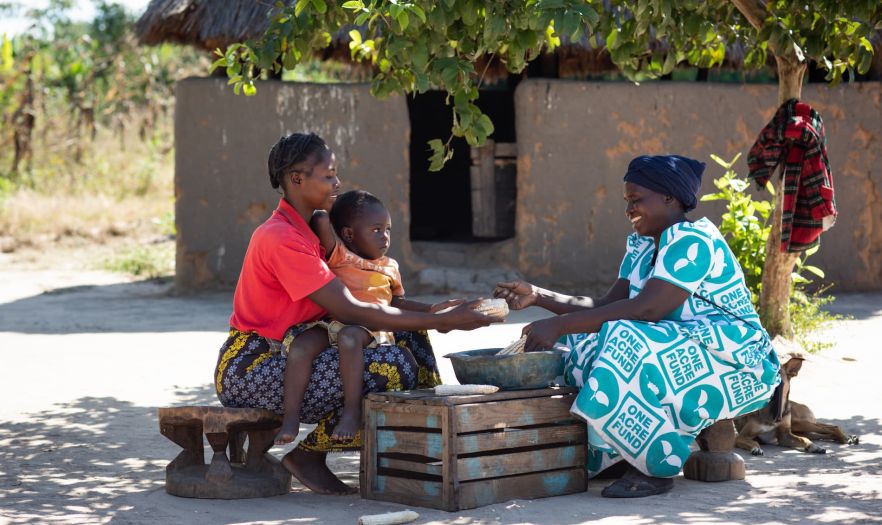2023 Annual Report
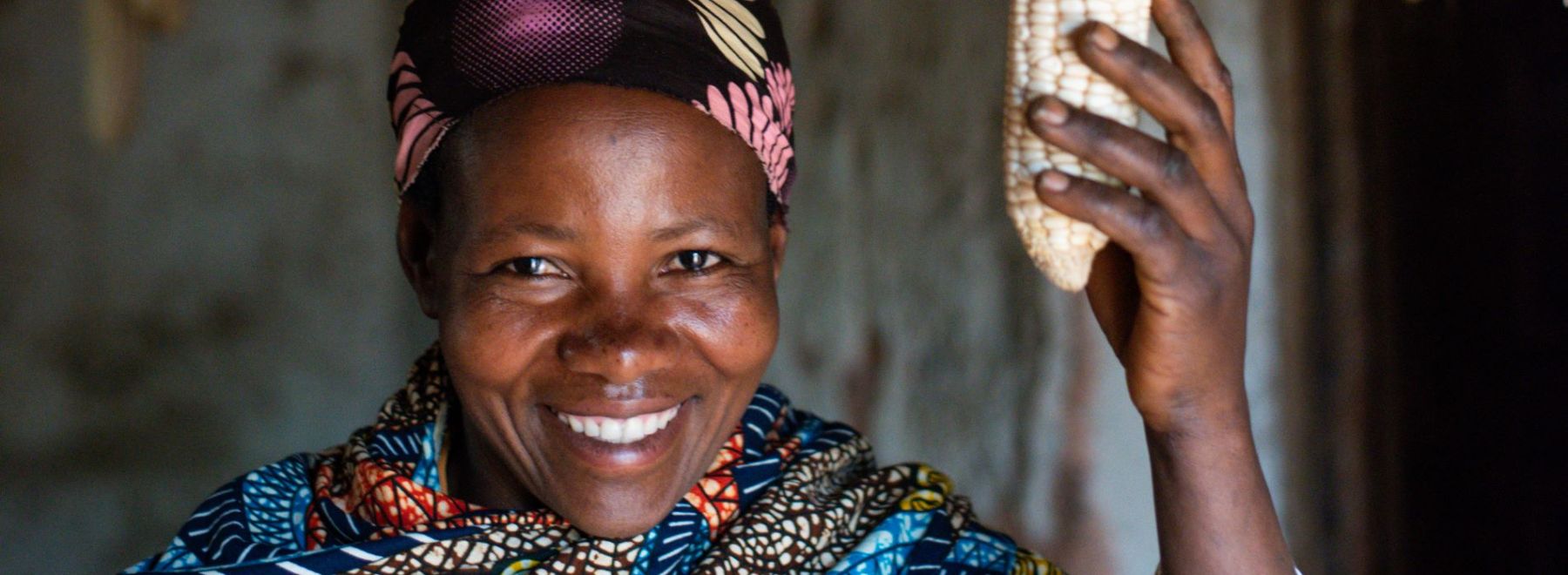
In our 2023 Annual Report, we underscore our responsibility to smallholder farmers, who sit at the heart of agricultural transformation in Africa.
As announced last year, in March 2024, the role of One Acre Fund CEO transitioned from Andrew Youn to Eric Pohlman. Andrew is now President at One Acre Fund. Below, Andrew and Eric each share a short message.
Earlier this year, I moved into a new role as President at One Acre Fund where I will be focused on external partnerships, bringing a close to 17 years as CEO. Looking back, I am filled with gratitude – for our dedicated staff, generous donors, and, most of all, the (now) 4.8 million farm families who choose to work with One Acre Fund and our partners each year. I am proud to take up every morning with a sense of purpose: to help unlock the incredible power of farmers like Claudine and Trina, highlighted later in this report. African smallholders are some of the hardest-working people on the planet, and equipping them to achieve prosperity for their families is one of the best levers for ending global poverty in our lifetime.
I cannot think of a better person to lead One Acre Fund towards this future than Eric Pohlman. Alongside John Gachunga, Eric and I co-founded One Acre Fund in 2006; under his leadership, the Rwanda program has grown from 40 farmers to reaching nearly every household in the country. Both Eric and I spent more than 10 years living in rural areas, near to farmers. Eric is a visionary, an exemplar of humble service, and a trusted people leader who delivers results. The organization is in great hands, and I am excited about the future of One Acre Fund under Eric’s leadership.
Farmers First,
ANDREW YOUN
(outgoing CEO, now President)
I am honored and humbled to lead One Acre Fund towards our 2030 vision: to deliver $1 billion in annual impact to 10 million farmers and to plant 1 billion trees along the way. In preparation, over the past six months I have been visiting One Acre Fund staff and farmers across Burundi, Kenya, Malawi, Nigeria, Rwanda, Tanzania, Uganda, and Zambia – listening, learning, and reflecting about what unites our team and distinguishes our culture.
I truly believe One Acre Fund’s purpose remains strong because of our profoundly human commitment to farmers. Farmers grow the food we eat; farmers steward the land our children will inherit; and farmers create the surplus and employment that drive growth. For many of our staff, farmers are relatives, friends, and neighbors. Farmers are at the center of our world’s food, environment, and economy.
In 2023, our work continued to evolve, facing new challenges while also achieving new heights. As described below, we made strategic pivots to better serve clients, we deepened our investment in building climate resilience, and we pursued new ways to connect farmers with global markets. Throughout, our Guiding Star remains driving more impact to more farmers.
Farmers First,
ERIC POHLMAN
(incoming CEO, formerly Rwanda Country Director)
Be part of the impact
Want to help us continue to reach even more farmers, expand our programs and introduce new offerings?
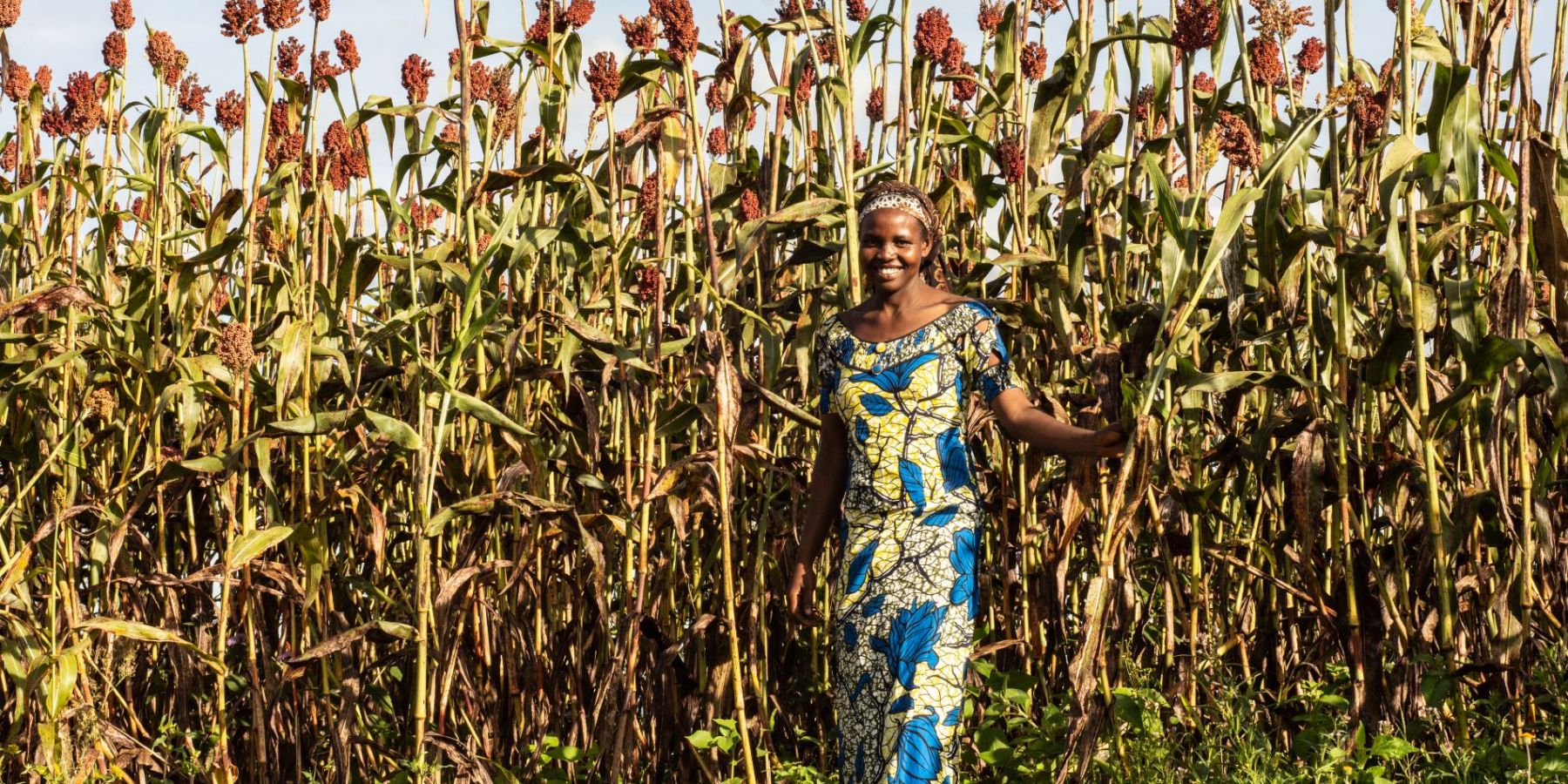
Scale
Global poverty is increasingly concentrated in rural Sub-Saharan Africa. One Acre Fund estimates that over 50 million African families rely on smallholder farming and would benefit from our program. Given the scope of the need, our model is designed for rapid scale. Learn more
Total farmers served: 4,800,000
We grew our total scale to 4.8 million farmers in 2023, a 20% increase from 2022. This means we are almost halfway to our 2030 vision of serving 10 million families, equivalent to ~20% of all African smallholders and ~10% of the global population living in extreme poverty.
Full-service program farmers: 1,554,000
Our full-service program client base slightly contracted due to several strategic pivots based on shifting farmer needs and market conditions. For example, as the Kenyan government stepped up to play a more involved role in farm input provision, One Acre Fund naturally stepped back; we restructured our Kenya program to center around our network of rural retail shops as a single streamlined channel for all product and service offerings. This required difficult decisions, but will enable us to better serve farmers while remaining financially sound. Meanwhile, strong growth in our full-service programs in Rwanda, Burundi, and Malawi nearly compensated for the effect of our pivot in Kenya and other markets.
Partnerships farmers: 3,245,000
In addition to our traditional full-service program clients, One Acre Fund reached a growing number of unique farm families through 30 partnerships with public and private actors in 2023. For example, in Kenya we opened 77 new rural retail shops for a total of 330, representing the country’s largest rural farm shop network. We also partnered with 4,000+ local tree nursery entrepreneurs organization-wide, who produced most of the seedlings we distributed to over 2 million farmers. Other growing partnerships included radio campaigns in Rwanda, poultry brooding in Kenya, coffee farmer trainings in Uganda, and agroforestry-based carbon financing in Zambia.
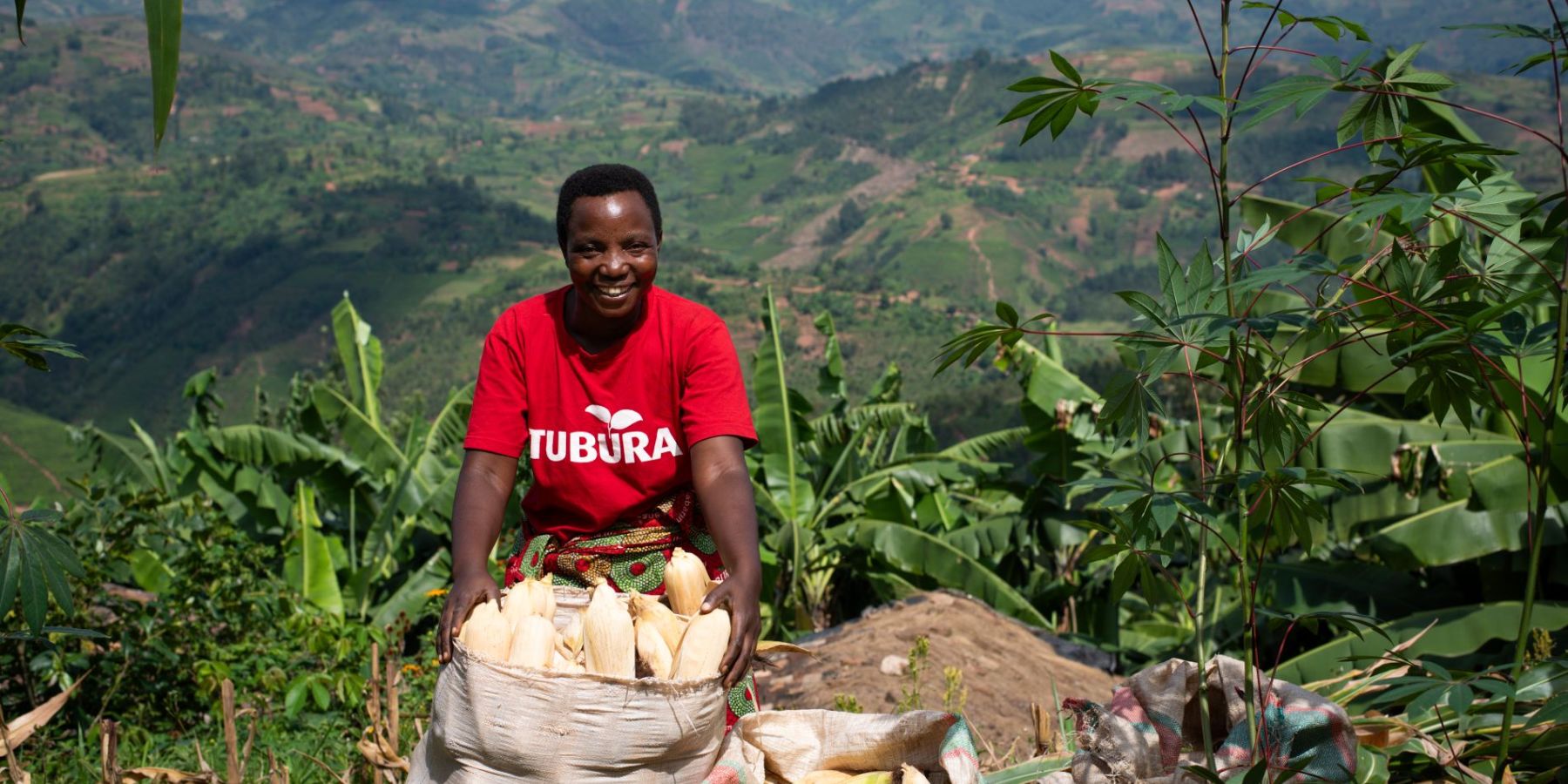
Impact
One Acre Fund measures our annual impact by physically weighing the harvests of thousands of clients and control farmers each year, an approach validated by rigorous external evaluations. Learn more
Total impact: $421,431,000
One Acre Fund equipped farmers to earn $421 million4 in total new profits and assets in 2023, a 33% increase from 2022. As with scale, we are approaching the halfway point of our 2030 vision: delivering $1 billion in annual impact.
Full-service program impact: $143 per farmer
In 2023, we enabled our average full-service program client to achieve $143 in new profits and assets, equivalent to a 35% increase in income on supported land5 – a powerful sum for client families often living on less than $1 per person per day. This $143 average consists of $105 in new profits from annual crops (primarily maize and beans) and $38 in new long-term asset value (primarily trees). In 2023, most of our operating regions received ample rainfall and experienced high maize prices; paired with our strong program delivery and improving rates of training compliance and tree adoption, One Acre Fund marked a third consecutive year of increased average financial impact per farmer.
Partnerships impact: $61 per farmer
2023 was also an exceptionally powerful impact year for One Acre Fund partnerships, which enabled an average impact of $61 in new profits and assets per unique farm family reached.6 We attribute this to the growing momentum of our organization-wide rural retail and agroforestry programs, both of which now reach a large number of non-client farmers, as well as the weather/price factors mentioned above.
Holistic impactOne Acre Fund works to ensure all the farmers we serve have big harvests, healthy families, and rich soils. As such, we measure our long-term impact on priority areas like food security and climate resilience by comparing veteran One Acre Fund clients with newly enrolled farmers. Statistically significant results from 2023 include:
|
4 In calculating this figure, we multiply the number of farmers reached in 2023 by the weighted average impact per farmer realized through harvests that took place during the calendar year 2023, since we do not yet know the harvests and impacts of plantings that took place in 2023 in certain countries. Hence the farmers used for scale measurement and impact measurement may not necessarily be the same.
5 This represents bottom-line profits, even after repaying program fees and controlling for what farmers would have earned without participating in the program, measured against a demographically similar group of neighboring control farmers.
6 This is a per-farmer average, which in some contexts may include additive impact from multiple partnerships.
Be part of the impact
Want to help us continue to reach even more farmers, expand our programs and introduce new offerings?
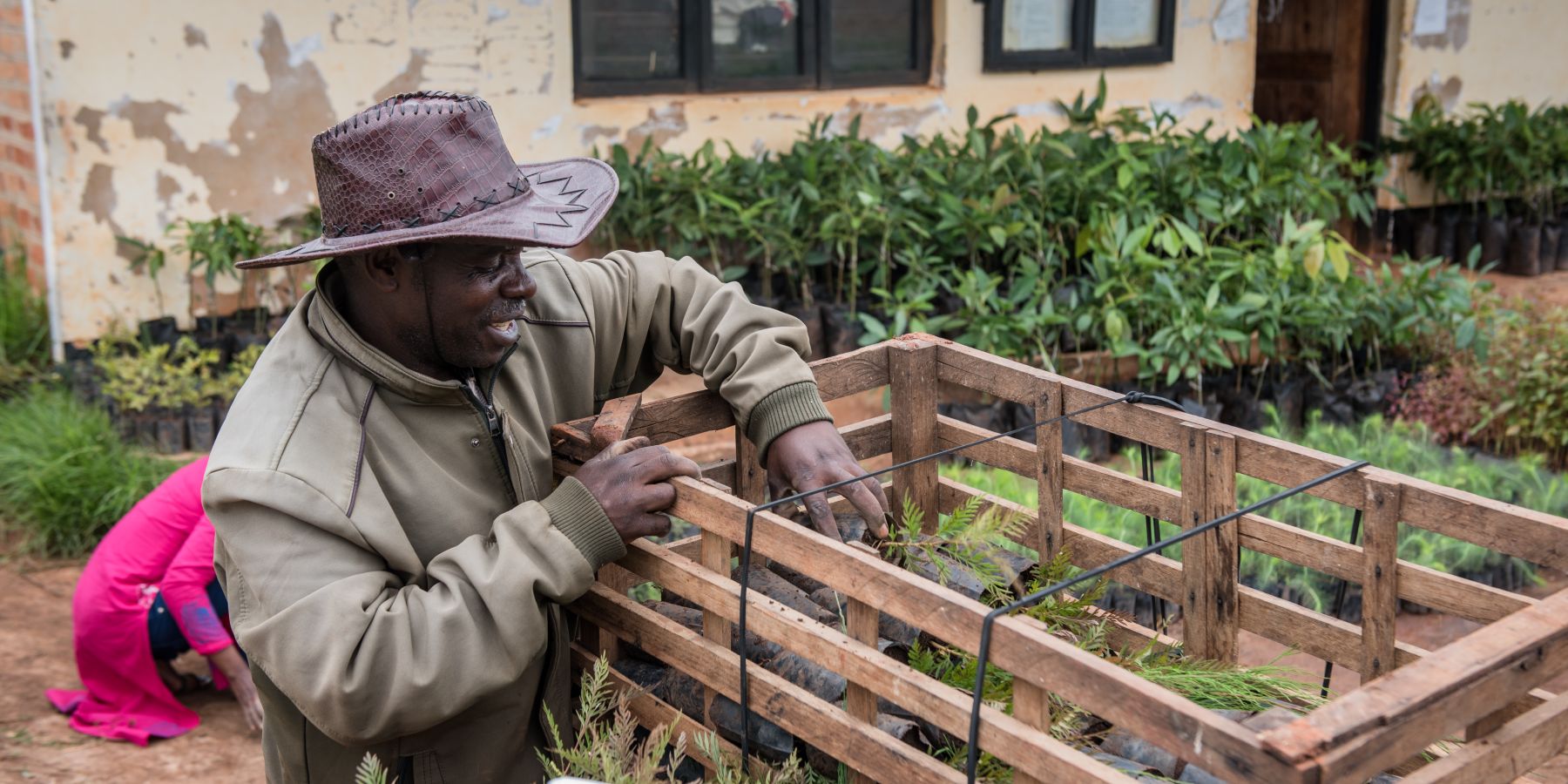
Cost effectiveness
Our primary metric for cost-effectiveness is Social Return on Investment (SROI), which measures the new farmer profits and assets generated from every $1 invested in our operations. Learn more
Total “all-in” SROI: $3.20:1
Considering all organizational costs,12 each $1 invested in One Acre Fund enabled farmers to generate $3.20 in new profits and assets in 2023, consistent with our 2022 SROI. Despite increasing impact, our efficiency remained constrained by consecutive years of external challenges that have driven up costs, including supply chain disruptions, shifting government regulations, and currency fluctuations. Nevertheless, data suggests this still represents a leading level of cost-effectiveness among scaled actors serving farmers in extreme poverty, and our studies show both impact and SROI are more than double for full-service program farmers enrolled for at least 4 years.
Full-service program SROI: $3.86:1
Each $1 invested in our full-service programs enabled clients to generate $3.86 in new profits and assets. In 2023, we continued investing in our long-term program efficiency, including digitizing our frontend services and backend systems, rebuilding farmer loan repayment rates following the pandemic (95% in 2023, up from 92% in 2021), achieving increasing economies of scale in our faster-growing programs, and making required strategic pivots such as those described under Scale above.
Partnerships SROI: $9.13:1
Each $1 invested in our partnership work enabled farmers to generate $9.13 in new profits and assets. Partnerships, by design, are lower-touch and higher-efficiency than our full-service program, reaching large numbers of farmers with targeted offerings. In 2023, we continued advancing several partnerships with the capacity to achieve breakeven and emerge as “revenue engines” to cross-subsidize other programs.
12 This “all-in” SROI figure includes all program delivery costs as well as all costs related to R&D, M&E, and support departments like fundraising, legal, and HR. The full-service and partnerships SROI figures include program delivery costs only.
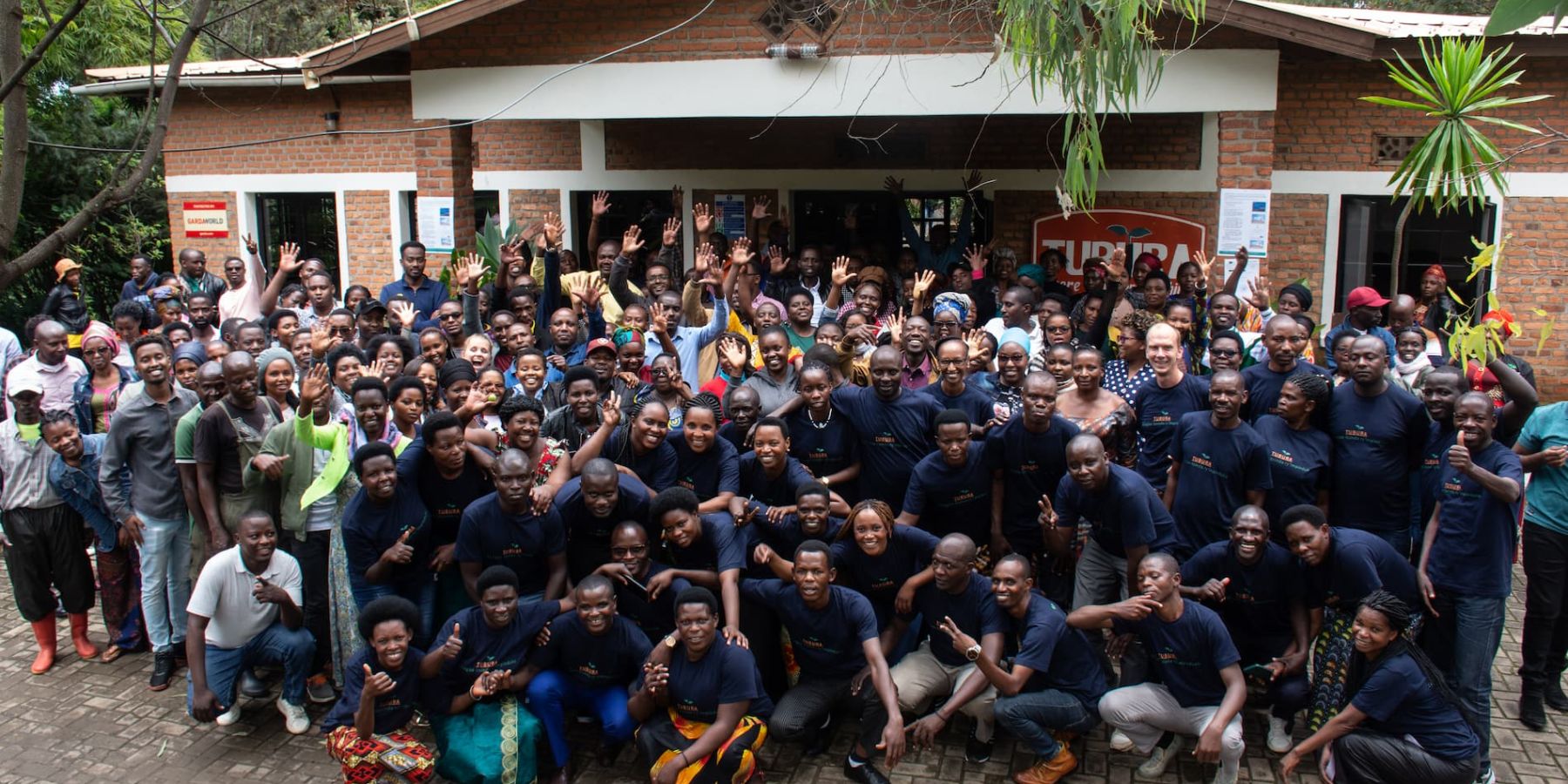
2023: People and DEI Report
Additionally in 2023, we published our third annual People & DEI report, transparently sharing progress and challenges in our efforts to build the best possible team to help farmers thrive. Read more
Features
In just the first season farming with One Acre Fund, Claudine Ayinkamiye, a 30-year-old farmer from Rwanda, managed to produce 900 kilos of potatoes and maize. Thanks to this surplus, she was able to invest in different crops and trees, making her better equipped to withstand erratic weather due to climate change.
Trina Mwiinga grows trees on her farm in Zambia with One Acre Fund. In addition to the benefits trees provide - boosting her crop harvest, by protecting them from climate breakdown and providing shade for her animals from extreme heat - she is paid to look after them by One Acre Fund.
Invest in small-scale farms in sub-Saharan Africa.
